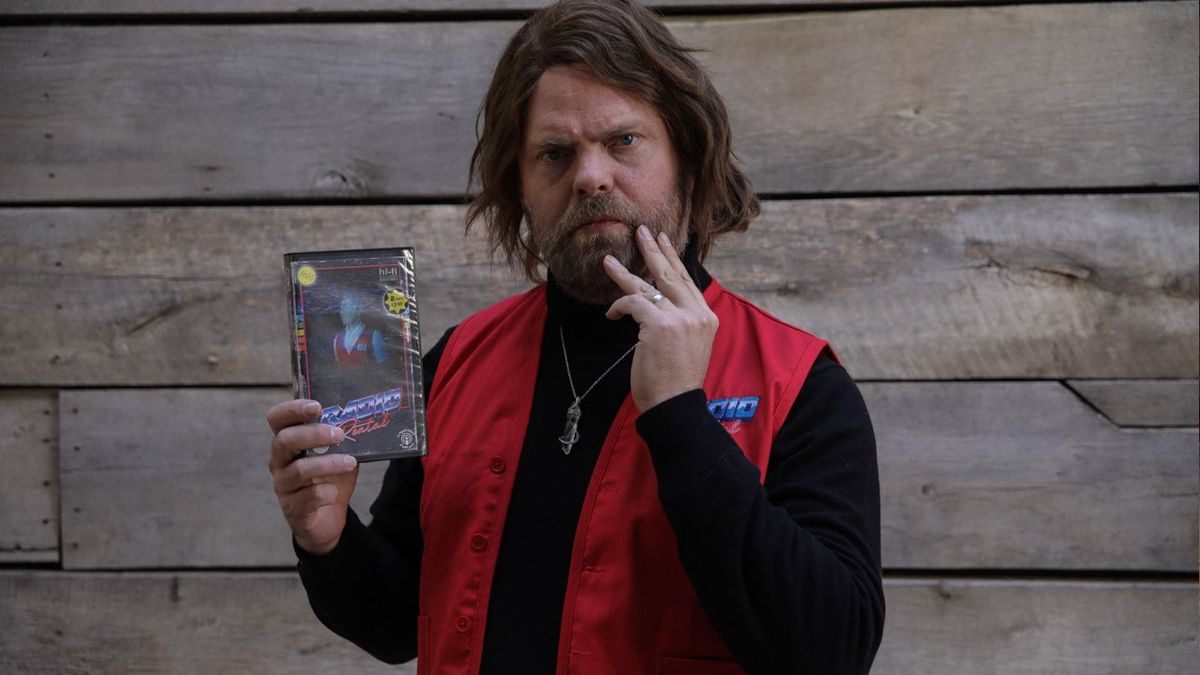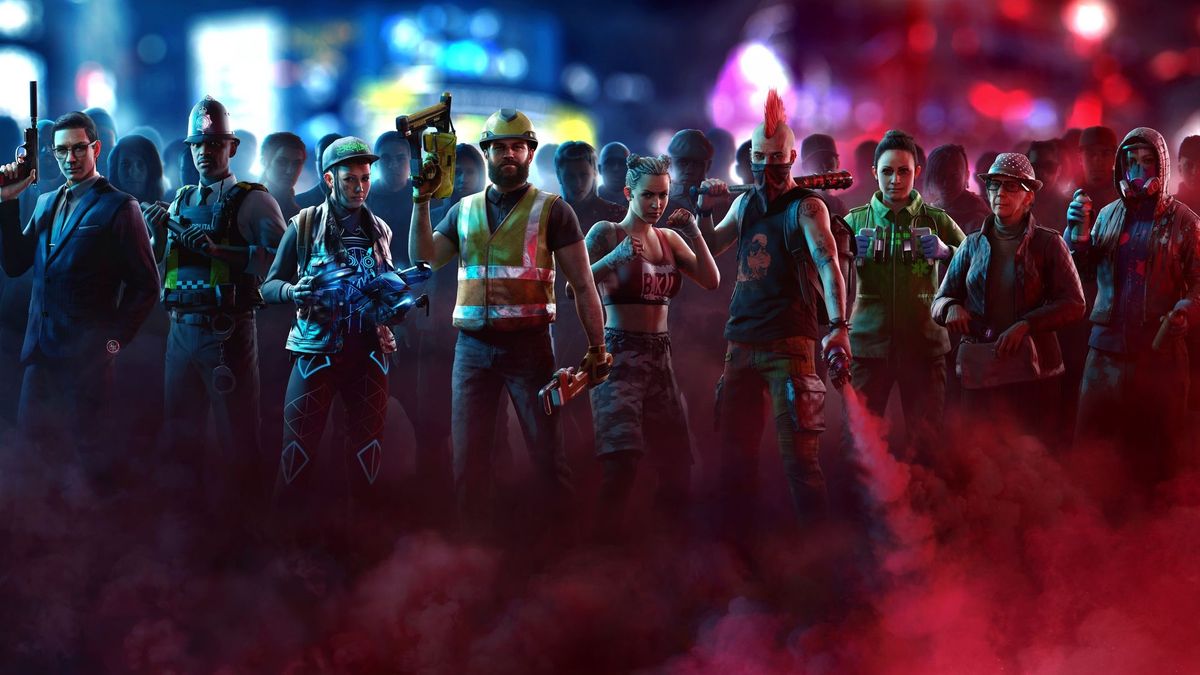We’ve already gushed at length about the ways PlanetSide 2 is proficiently blending the FPS and MMO genres – at this point, that side of the story is well-documented. But while we’ve heard talk from Sony Online Entertainment about the scope of the battlefield, it wasn’t until our recent session of prolonged hands-on time with the game that we could truly appreciate the grandiose magnitude of PS2’s warzones. Think of the biggest multiplayer FPS map you’ve ever been a part of – then multiply that by 16. You’ve now got a rough estimate of what you’re fighting on and for in the three-pronged, Terran Republic vs. New Conglomerate vs. Vanu Sovereignty skirmishes.
Think that this kind of massive warfare is impossible? We almost didn’t believe the extent of the battle until we saw it for ourselves. The individual bases have to be instanced, right? Nope, you won’t find any instances here – every hostile takeover and futile last stand is all taking place in the same game-space. But are lengthy load-times going to spoil the fun? Not at all; in fact, there’s not a single loadtime during your soldier’s disposable life as you traverse the enormously expansive terrain (they’re all reserved for when you’re respawning, so you never have to fear getting caught in a load cycle mid-firefight). The fact that SOE can manage such large-scale, synchronized gameplay is a spectacular technological feat, given how many bullets, missiles, and dead bodies are being flung around the map at any given moment.
But it’s not as if the continents you’re fighting on are bland, featureless wastelands. Quite the contrary – each base, structure, and rock formation that litters the landscape has been hand-crafted to play differently from one another. Instead of cookie-cutter, literal building blocks being plopped around territory willy-nilly, the varied environment will determine how each battle unfolds. Narrow chokepoints on the ground make infantry near useless, while airborne attacks will be most effective. Conversely, a large, rock-covered canyon would force aircraft to hang back, putting the battle in the hands of skilled tank drivers and infantry. As no two bases are structured alike, the hard-fought battles to maintain control of these bases will play out wildly differently depending on the territory. The thought that goes into the layout of each contested territory ensures that no two showdowns will be won the exact same way.

It’s hard to really visualize the scope of PS2’s vistas until you deploy into the fray via drop-pod for the first time. It’s simple to do – joining a squad of friends or allied strangers lets you spawn in their vicinity every four-or-so minutes, meaning you can have their back even if you get nailed by a stray bullet or plasma shot. As we rocketed towards the ground in our tiny metal hulls, we savored the long fall by taking in the size of the battle that we were about to fall directly into. This exhilarating entrance to the fight was a rush every time; knowing that we’ve got instant support from nearby allies upon arrival only invoked that much more bravado in us. Oh, and by the way – if you land on an enemy (or allied) vehicle in your drop-pod, you’ll instantly kill its passengers and yourself in one glorious explosion. It’s simply awesome.
Playing primarily as the Infiltrator class (who effectively combines Team Fortress 2’s long-range Sniper gunning with the Spy’s Predator-like stealth), we also got a feel for how each unique climate shaped the nigh-endless shootouts. Some bases were hunkered down in the middle of open fields, making precision sniping a breeze; others housed a maze of crosswalks, outposts, and garage structures, which meant getting a bead on an enemy’s cranium was next to impossible. But that’s the fun of it: each of the six classes, as well as skilled vehicle pilots, will get their chance to shine in the never-ending war when they’re fighting on their own advantageous turf. This kind of environmental diversity makes playing, learning, and mastering multiple classes that much more appealing; you never know which class can turn the tides until you arrive at you army’s front.

It’s not all gritty warfare and fallen soldiers, though – to amuse ourselves, we banded with a few Vanu Sovereignty buddies and spawned far away from the fight on a different corner of the map, so that we could purchase some spiffy spacecraft out of harm’s way. You can spawn in any ally-controlled territory upon dying – there’s no sort of restriction keeping you “tethered” to the current battle, so if you suspect a flanking ambush elsewhere on the map, or want to push the advantage on an unguarded front, you can do so easily. We were shocked by how different the base’s surroundings looked: instead of the rural fields, green grass, and leafy trees of the previous warzone, this area looked more like a tropical-reef-turned-desert, with massive chunks of coral protruding from the now-desolate ground.
To instill courage and patriotism in our fellow Vanu footsoldiers, we rallied with our small three-man squad to give our troops the best airshow they had ever seen. We each purchased a Scythe, an alien-looking aircraft that balances its weak, flimsy exterior with some of the highest maneuverability of any air unit in the game. Flying in unison towards the battle for the Hvar territories we had just been struggling in, we could really appreciate the great distance between our spawn point and the action, taking in the pretty scenery all the while. As for the fate of our inspirational airshow mission? Let’s just say…we all accidentally ejected from our Scythes at 20,000 feet while trying to do some impressive barrel rolls. Perhaps our fatal plummet to the ground gave our allies a hearty laugh, at the very least.

If you’re going to market your game like an endless extraterrestrial warzone, then it needs to feel like one – and PlanetSide 2 succeeds magnificently in both scope and scale. Having already amazed us on the free-to-play shooter/MMO side of things, seeing its immense dimensions for ourselves has only made our anticipation for a large-scale beta that much more intense.
 Game News Video Games Reviews & News
Game News Video Games Reviews & News



